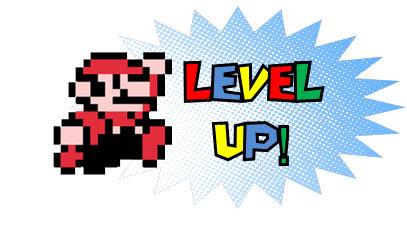Read – Educational Gaming Market
According the the Newzoo’s Global Games Market Report, almost $66.3 billion dollars were spent on video games world wide. That number is increasing rapidly, and will escalate to nearly $100 billion dollars by the end of the decade. To say that the global video game market is lucrative would be the understatement of the century. While the educational gaming industry represents only a small piece of that pie, its clear to see that it’s a rather sizable pie to have a stake in. As the gaming industry grows, so to does game-based education. What was once confined to computer labs in select schools across North America, is now a fixture of blended classrooms and at home study. Industry insiders predict continued growth as accessibility becomes more widespread, hardware becomes more affordable, and efforts to blend technology and education become more predominant. For a closer look at the gaming market as a whole, take a look at the following infographic. For insight into the educational video game market, view the slide show below.
View – An Infographic on the Gaming Industry
Check out Newzoo’s “The Global Games Report” inforgraphic which illustrates market data on the gaming industry.
View – The 2013 Worldwide Game-Based Learning and Simulation-based Markets Report
Take a look at Ambient Insights report on the 2013 Serious Play Conference, which analysis market trends in DGBL.


I appreciate Ambient Insight’s messaging. One message I ‘heard’ over and over in this presentation is All Roads Lead to Mobile. This message is new to me, but seems appropriate to the times.
What schools should consider, is to have information sessions for parents on what is out there in apps. Well researched appropriateness categories need to be assigned to ensure proper targeting of recommendations. But if parents could be encouraged to invest in timely apps there is no reason why this could not become a productive way to reinforce concept learning or add individual programming that could be assessed and credited
Of course by using the term apps in my previous comment I’m referring to gaming apps.
Hi David, I’m convinced finding the right games/apps is major barrier to anyone trying to use them…teachers and parents! Where to start? What to buy? Which ones are effective for what? Everyone has these questions and doesn’t want to waste their time or money on unproven products. I agree that if you can identify the right ones, they are a great way to tackle remedial or enrichment work at home or at school.
This resource, Games for a Digital Age: K-12 Market Map and Investment Analysis, provides another perspective (http://www.joanganzcooneycenter.org/wp-content/uploads/2013/01/glpc_gamesforadigitalage1.pdf).
The report is meant for anyone wanting to create or invest in an educational game that they hope will be used in U.S. schools. It looks at institutional requirements, classroom requirements, funding requirements, and recommends the kinds of games that developers will have the most success selling to educational markets in the US. For example, if you want your game to be picked up by schools, it must have some independent research studies behind it proving efficacy, it must align with common core standards, it must be suitable for mobile. They also report on the difficulties finding a market within the system, e.g. various pockets of government funding is available to purchase games/technology and as the developer/seller, you would need to help schools access these. But, you also must be aware that the big publishers dominate the school resource market and may block you or squeeze you out. There are also different success factors for short form games (games that can be played beginning to end within a short time period, e.g. an hour or less) and long form (never-ending extensive games, e.g. World of Warcraft). For example, there is a market for short form games that meet academic standards and can be used flexibly by the teacher within the timeframe of one classroom period. In contrast, investors should seek long form games that “are affiliated with education reform initiatives; particularly those initiatives that re-imagine the school day in ways that promote in depth study, longer class
periods, open ended projects, and critical thinking skills.”
Reference:
Richards, J. Stebbins, L, Moellering, K. (2013). Games for a Digital Age: K-12 Market Map and Investment Analysis. Joan Ganz Cooney Center at Sesame Workshop. Retrieved from http://www.joanganzcooneycenter.org/wp-content/uploads/2013/01/glpc_gamesforadigitalage1.pdf